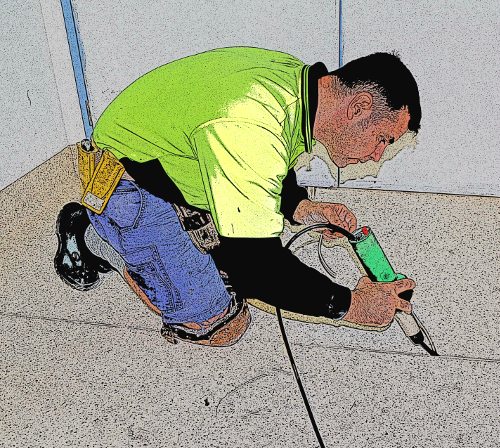Rules of evidence

There are four rules of evidence. These follow on from two of the principles of assessment that we've just looked at - validity and fairness. They are designed to guide the way you collect evidence to determine a person's competence.
1. Valid evidence
Evidence is valid when it relates directly to the performance criteria listed for the competency standard.
For example, if you were assessing a person's competence in chainsaw maintenance, the ability to take out the air filter and clean it would be valid evidence.
However, a knowledge of the history of chainsaws would not be valid evidence, even though the information may be very interesting.
2. Sufficient evidence
For evidence to be sufficient, it must satisfy all elements of the competency standard, as well as the criteria listed under the 'critical aspects of evidence'.
In addition, it must cover a sufficient number of variables from the 'Range statement' with adequate demonstration of the knowledge and skills requirements.
For example, if you were assessing TAADEL301: Provide training through instruction and demonstration of work skills, you would need to see evidence collected from a minimum of three separate training sessions, with a sound coverage of the knowledge and skill requirements.
3. Current evidence
The age, or 'currency', of evidence is also a factor and may vary depending on the competency. For example, evidence of the ability to operate a computerised machine would need to be very recent, otherwise it might relate to a machine or technology that was no longer commonly used.
4. Authentic evidence
When you collect evidence relating to performances that you haven't directly observed, you need to make sure it is authentic. This may require a statement from the candidate's supervisor that the evidence is the candidate's own work. For example, if you were assessing the ability to draw plans and the trainee submitted a set of completed drawings, you would need to be satisfied that the plans really were the work of that trainee.

